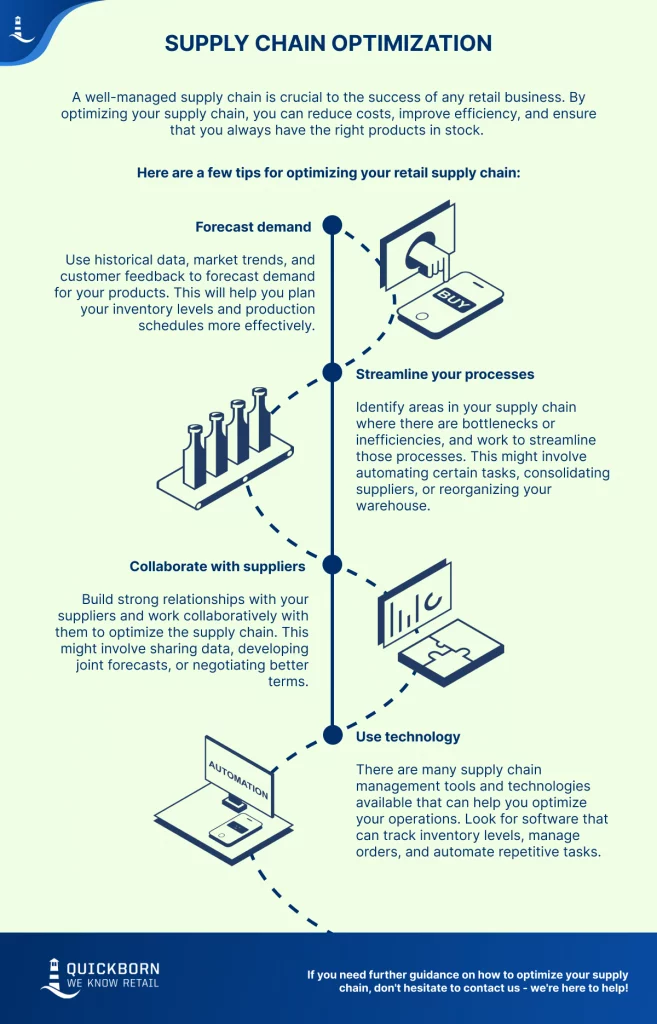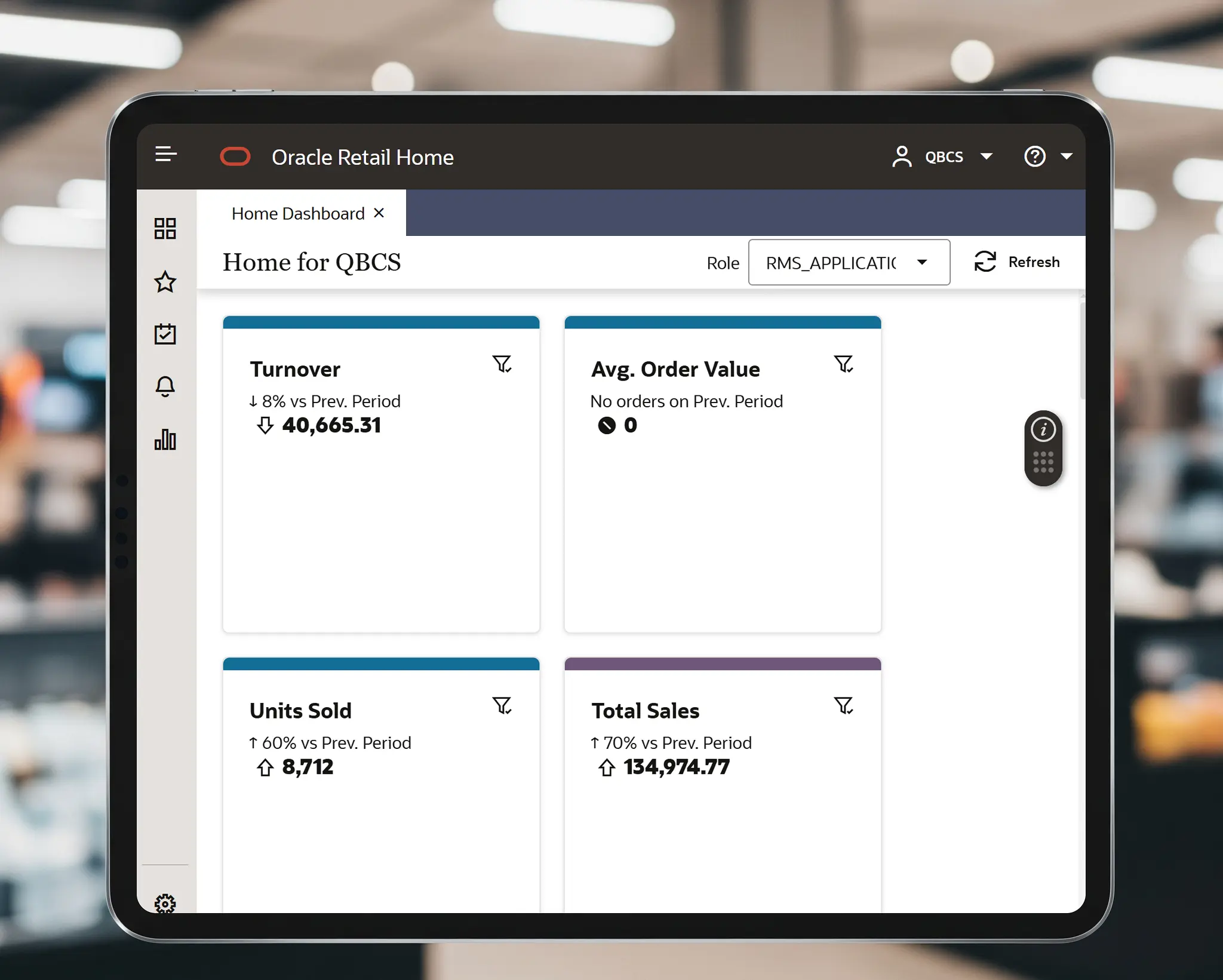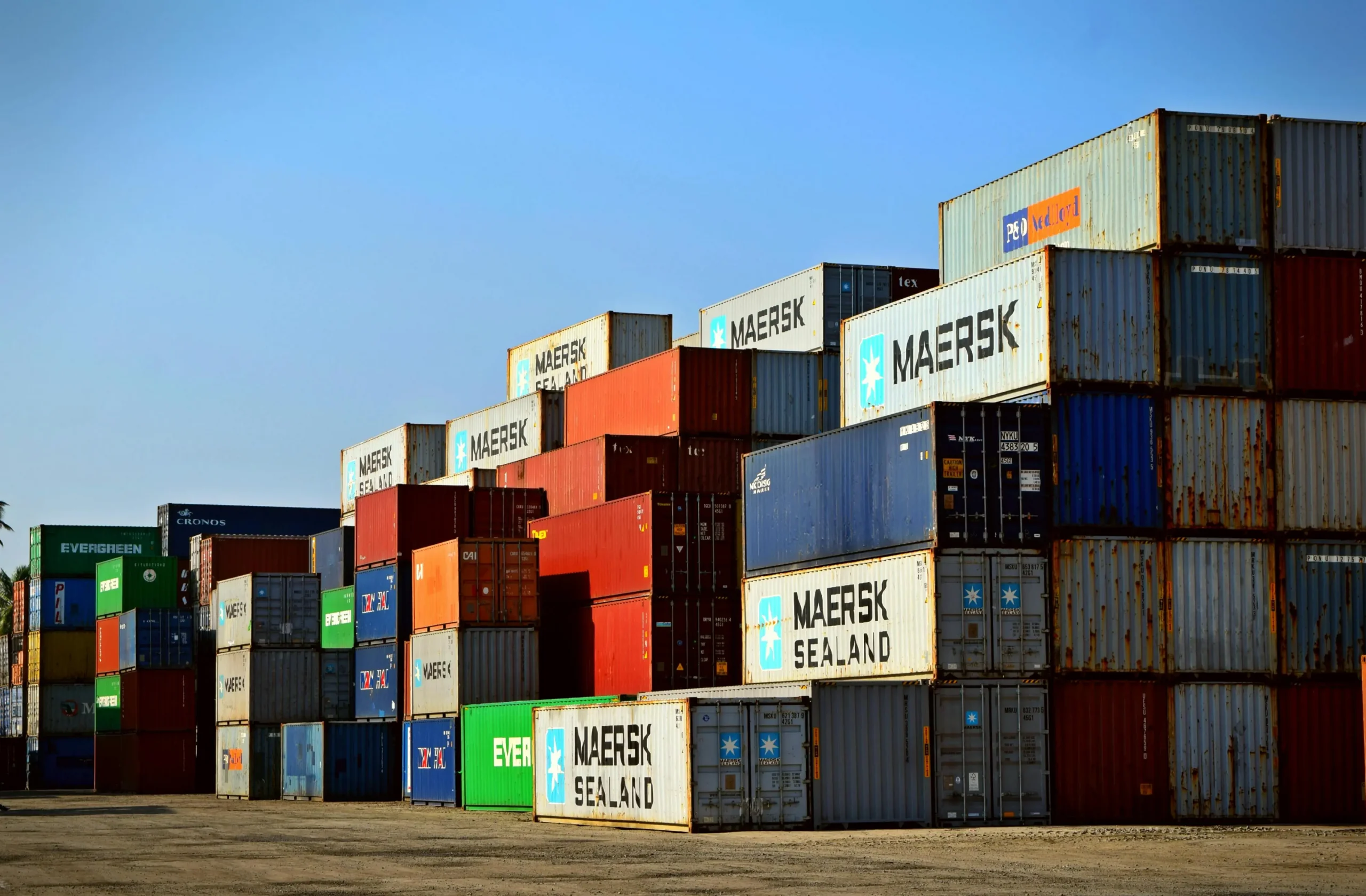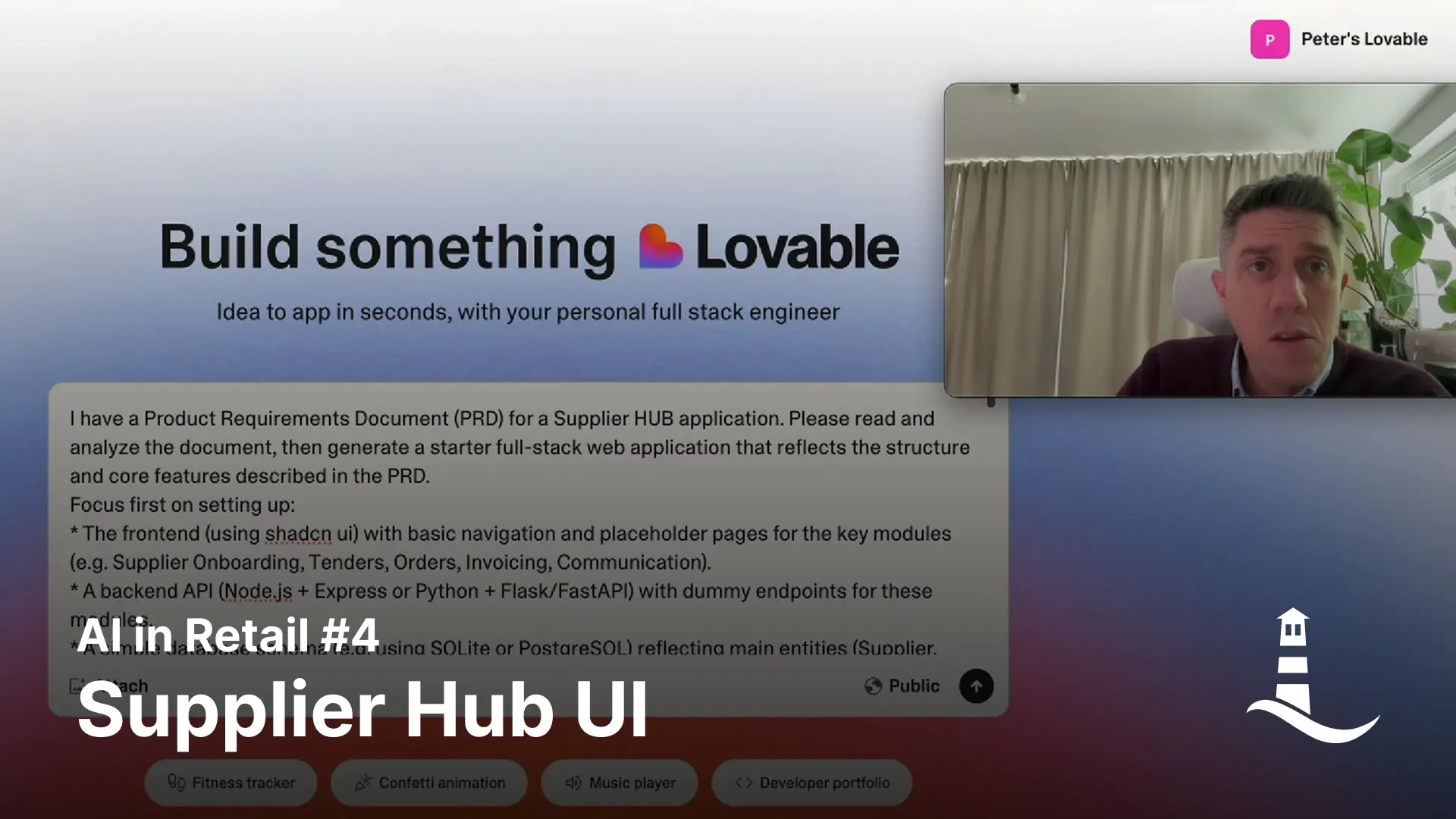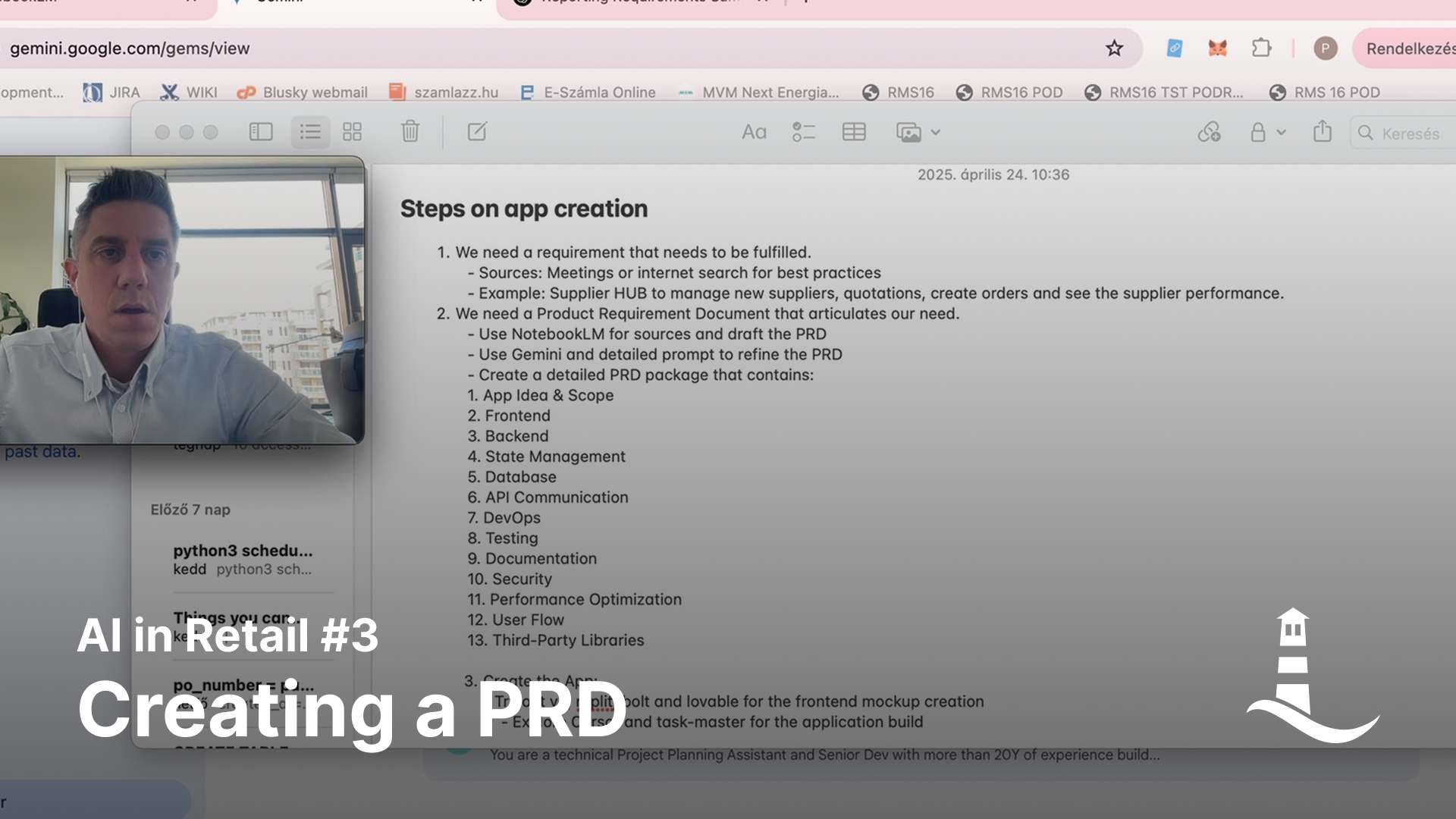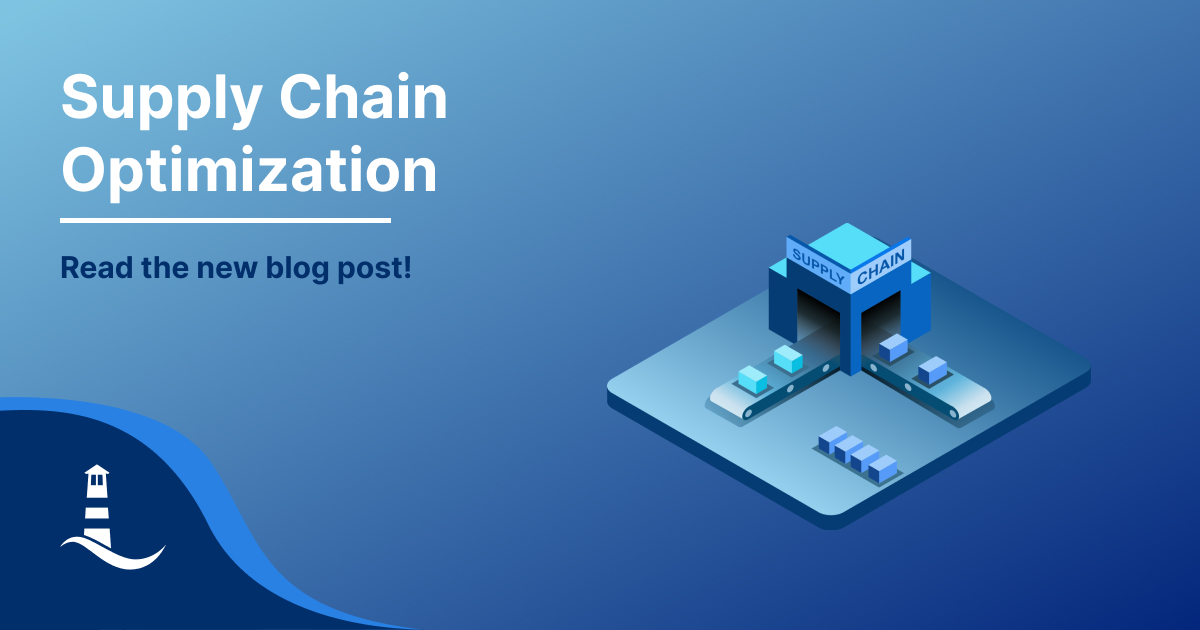Supply Chain Optimization Can Boost Your Retail Business
As a retail consultancy firm, we understand the importance of supply chain optimization in maximizing efficiency, reducing costs, and meeting customer demand. In this blog post, we will discuss some key strategies that can help retailers improve their supply chain operations.
Forecast Demand
One of the most important aspects of supply chain optimization is forecasting demand accurately. By using historical data, market trends, and customer feedback, retailers can forecast demand for their products and plan their inventory levels and production schedules more effectively. This can help reduce the risk of stockouts or overstocking, which can lead to lost sales or excess inventory costs.
To optimize forecasting, retailers should implement a demand planning process that takes into account key variables such as seasonality, trends, promotions, and new product introductions. They can also use advanced forecasting techniques such as predictive analytics to improve accuracy and efficiency.
Streamline Processes
Another key strategy for supply chain optimization is to streamline processes. Retailers should identify areas in their supply chain where there are bottlenecks or inefficiencies and work to streamline those processes. This might involve automating certain tasks, consolidating suppliers, or reorganizing the warehouse. By improving the flow of goods through the supply chain, retailers can reduce lead times, improve delivery times, and minimize costs.
For example, Walmart implemented a cross-docking system to streamline its supply chain operations. This system allows goods to be delivered directly from manufacturers to Walmart’s distribution centers, bypassing the traditional warehouse. This has helped Walmart reduce inventory costs, improve delivery times, and respond more quickly to customer demand.
Collaborate with Suppliers
Building strong relationships with suppliers is crucial for supply chain optimization. Retailers should work collaboratively with their suppliers to optimize the supply chain. This might involve sharing data, developing joint forecasts, or negotiating better terms. By working together, retailers and suppliers can improve inventory management, reduce lead times, and minimize costs.
For example, Starbucks collaborates with its suppliers to implement sustainable farming practices and reduce the environmental impact of its supply chain. This has helped Starbucks reduce costs, improve brand reputation, and attract environmentally conscious customers.
Use Technology
Finally, retailers should leverage technology to optimize their supply chain operations. There are many supply chain management tools and technologies available that can help retailers improve their operations. For example, software that can track inventory levels, manage orders, and automate repetitive tasks can help retailers reduce costs and improve efficiency.
For example, Amazon uses advanced technology such as machine learning algorithms to forecast demand and optimize inventory levels. This has helped Amazon reduce inventory costs, improve delivery times, and increase customer satisfaction.
To use technology effectively, retailers should assess their needs and select solutions that fit their specific requirements. They can also work with technology partners or consultants to implement and integrate systems, and provide training to employees to ensure adoption and success.
Conclusion
In conclusion, supply chain optimization is critical for retailers who want to remain competitive in today’s marketplace. By forecasting demand accurately, streamlining processes, collaborating with suppliers, and leveraging technology, retailers can improve their supply chain operations and deliver value to their customers. These strategies can have significant effects on a retail business, including reduced costs, improved efficiency, and increased customer satisfaction. By implementing these strategies, retailers can position themselves for success and growth in the future.
Have any questions regarding Supply Chain Optimization? Don’t hesitate to get in touch with us.
